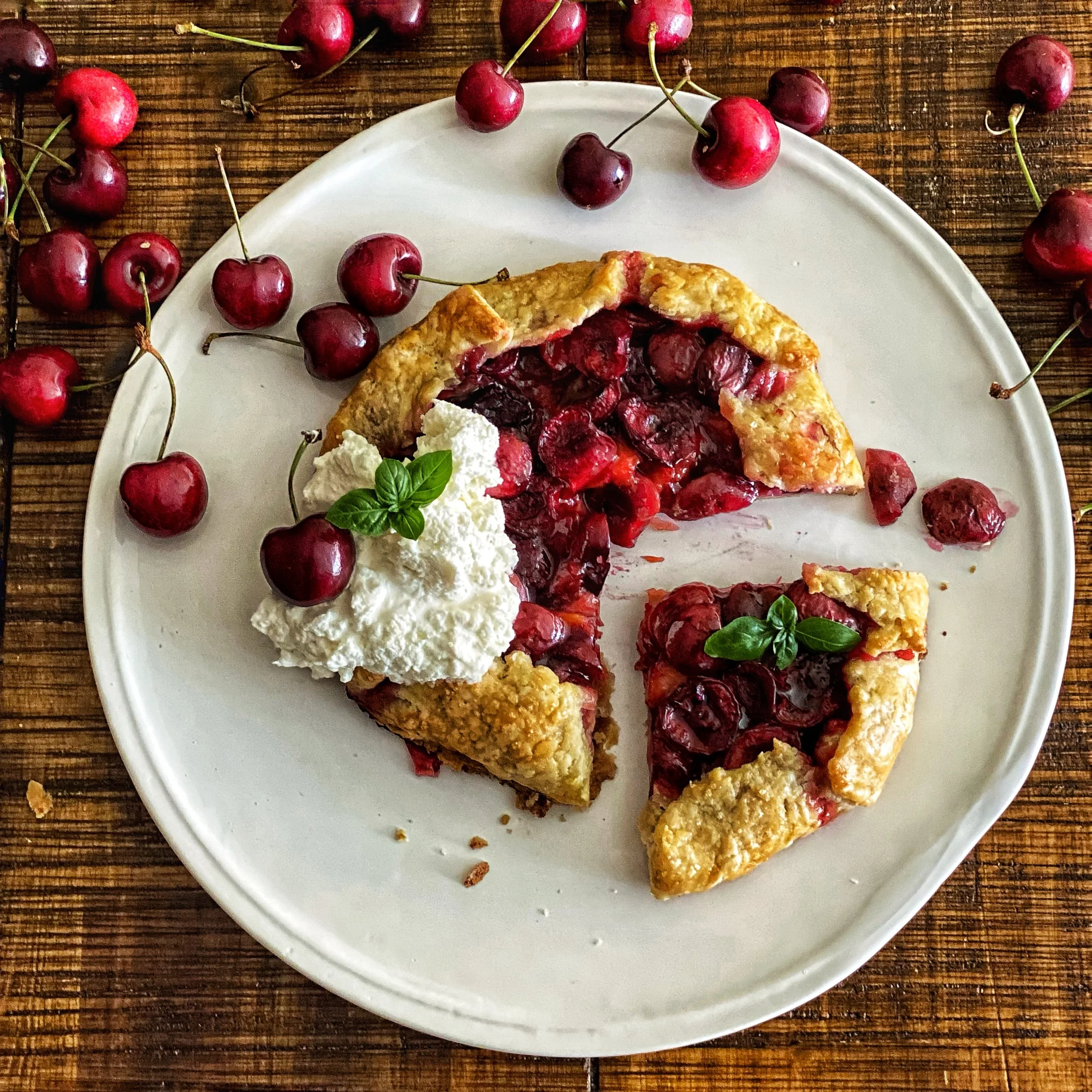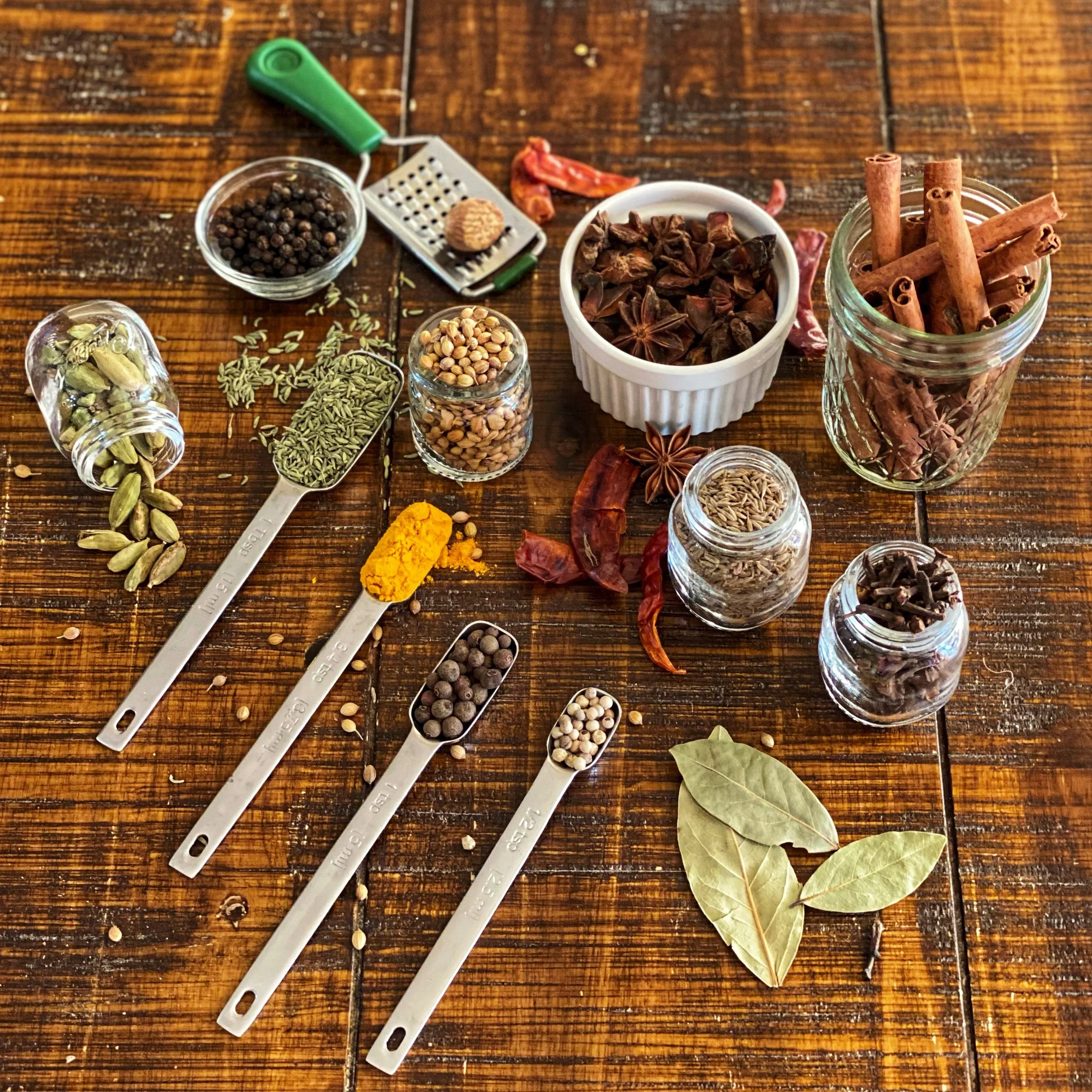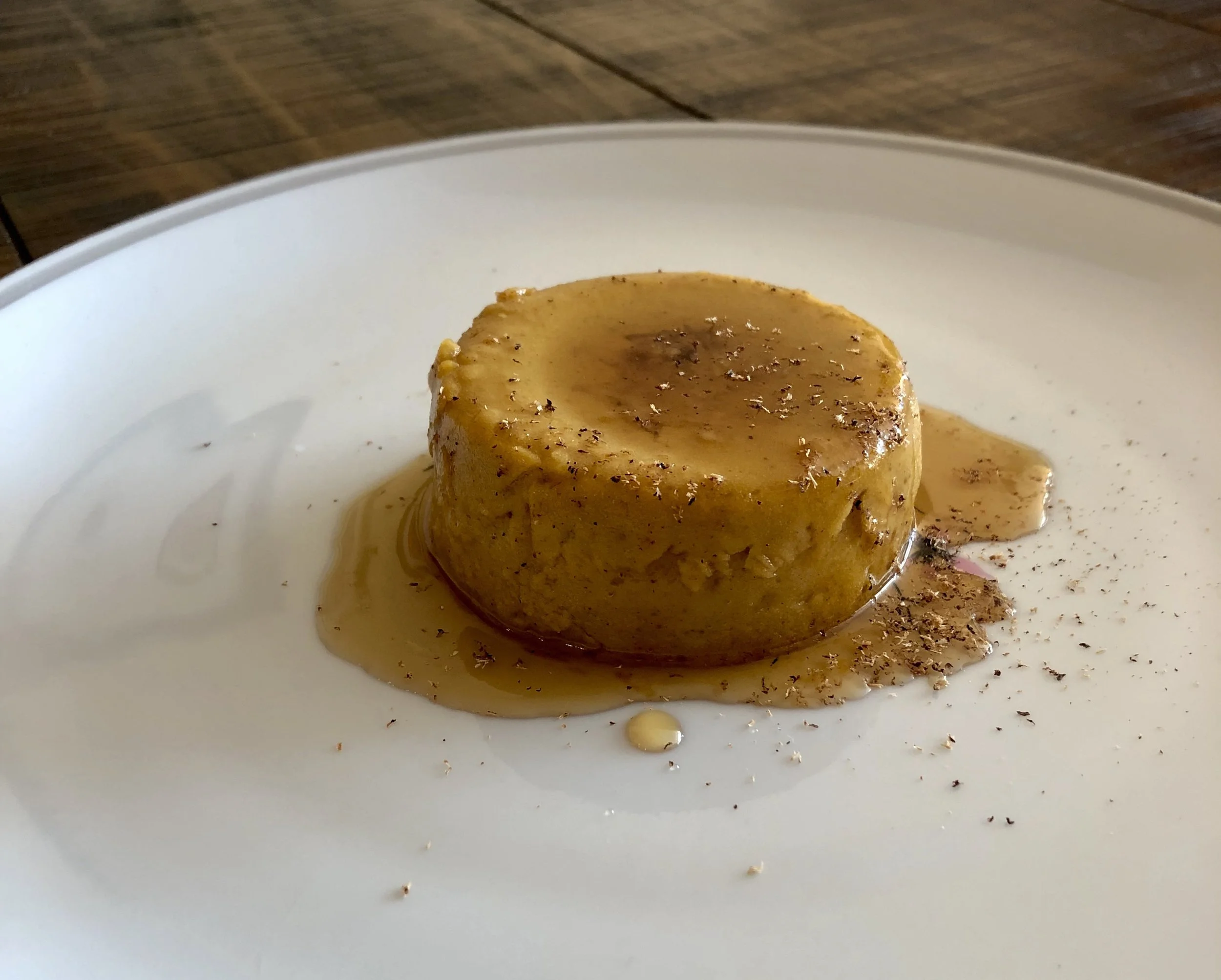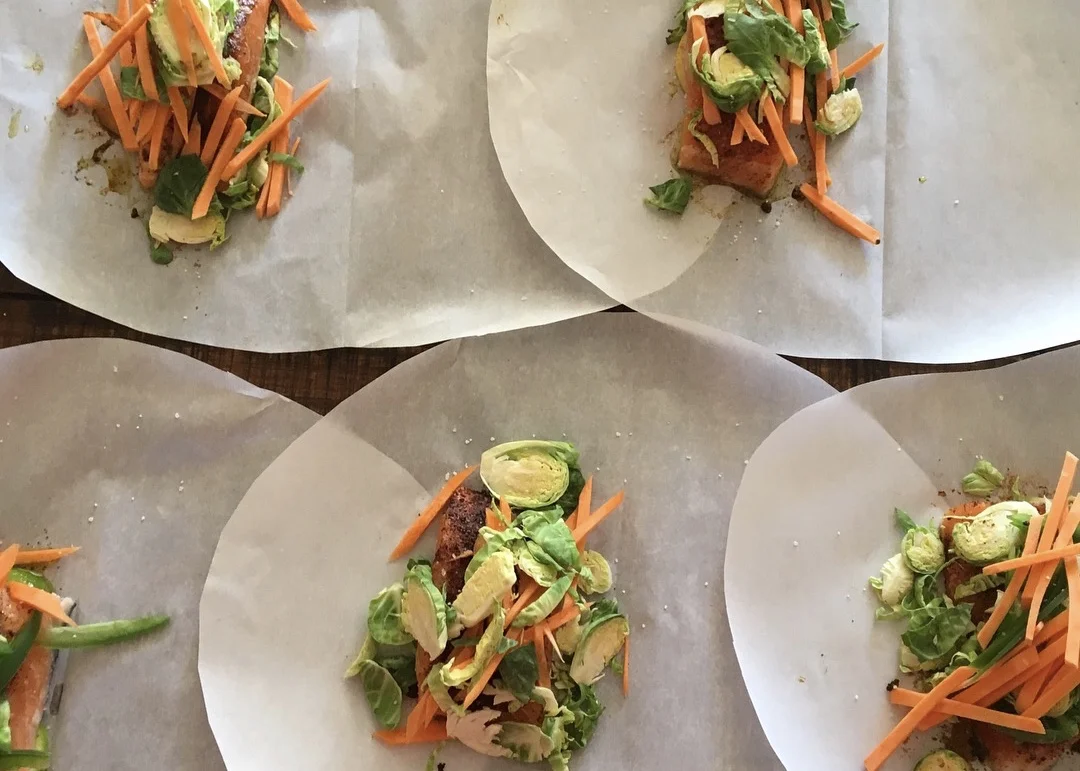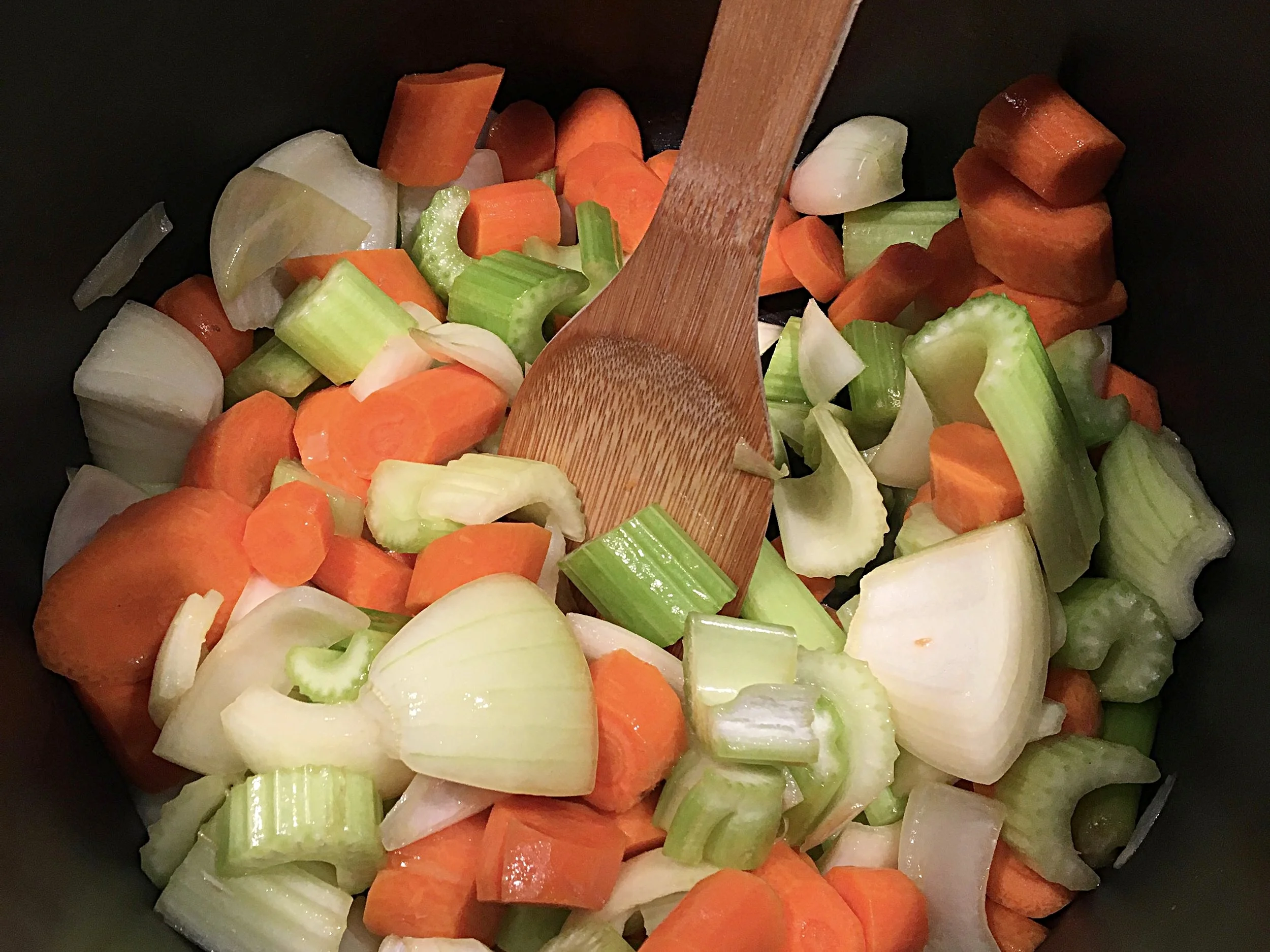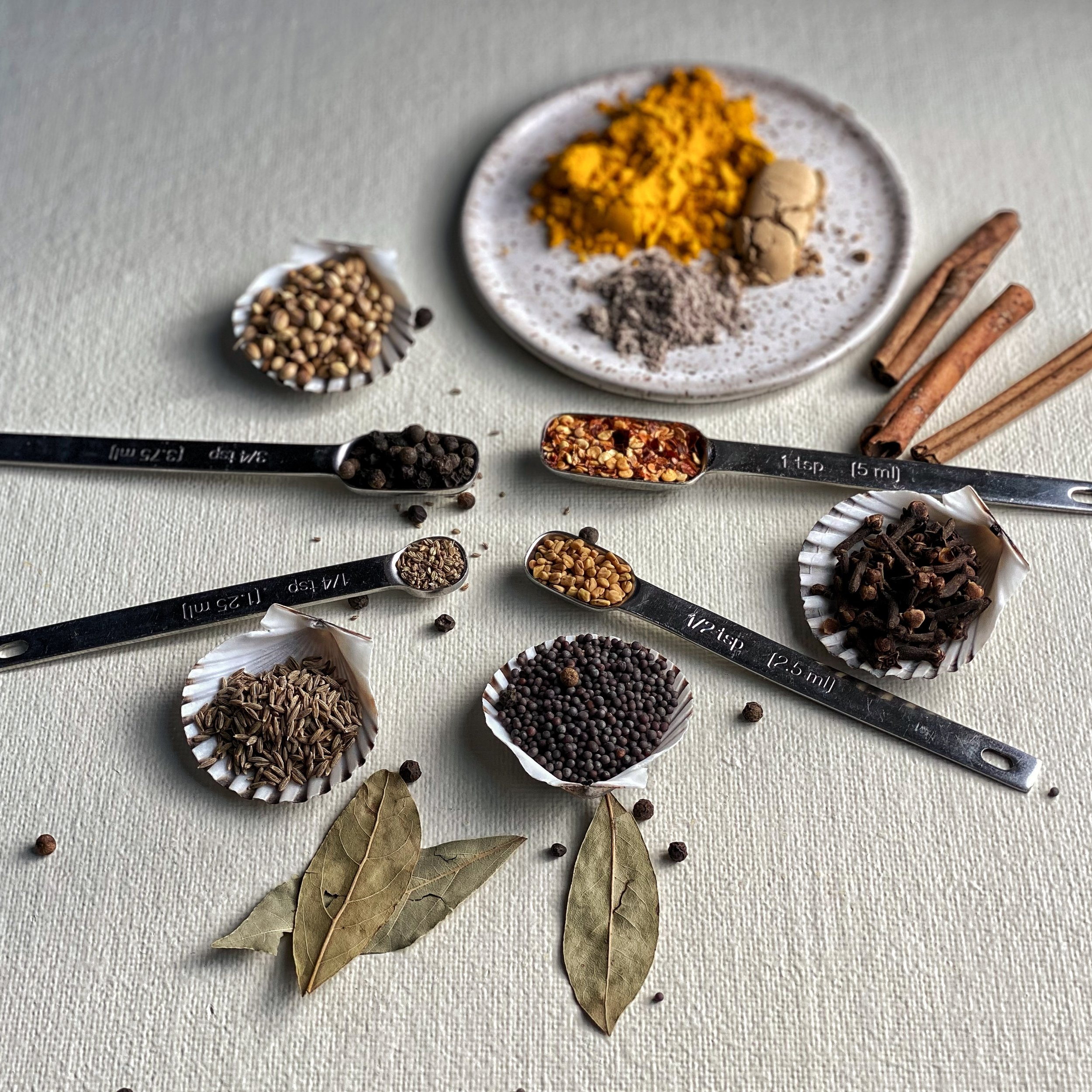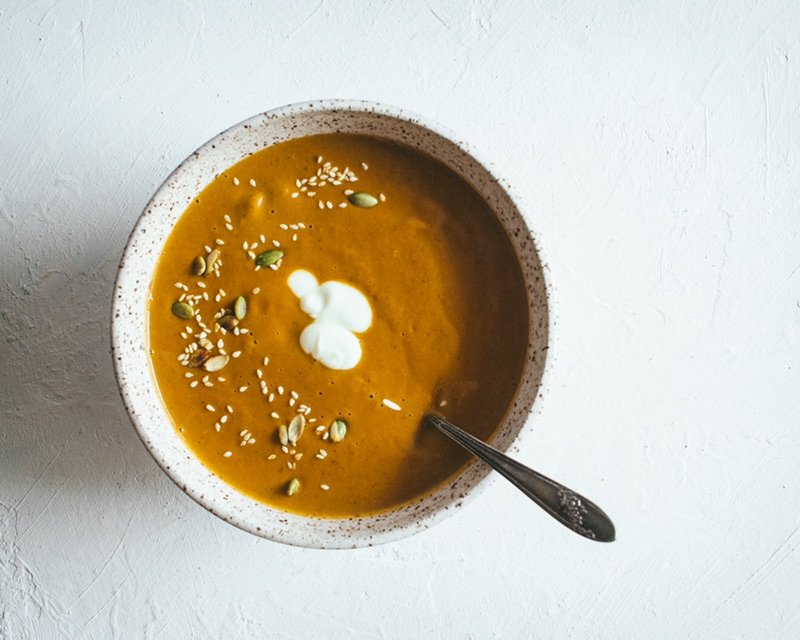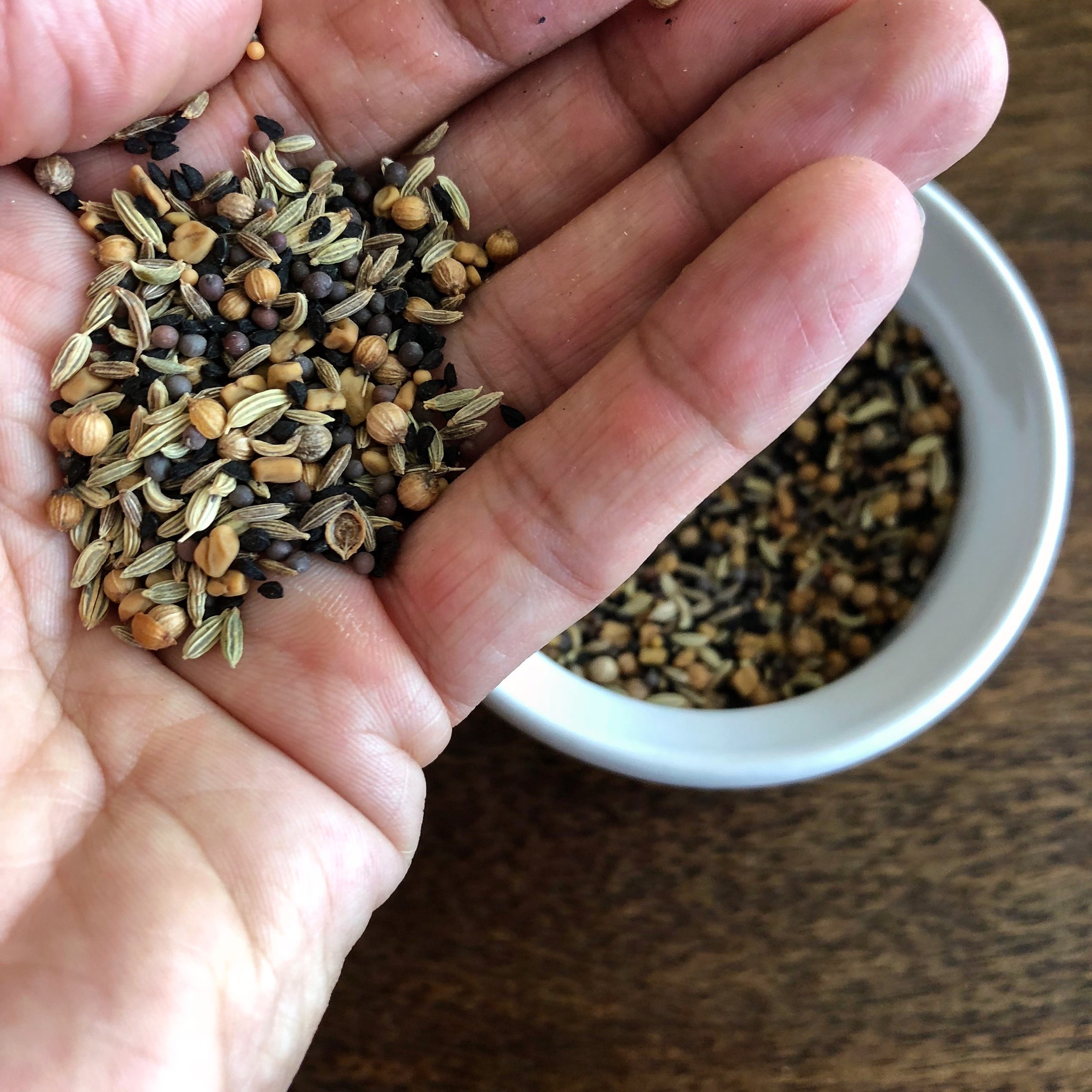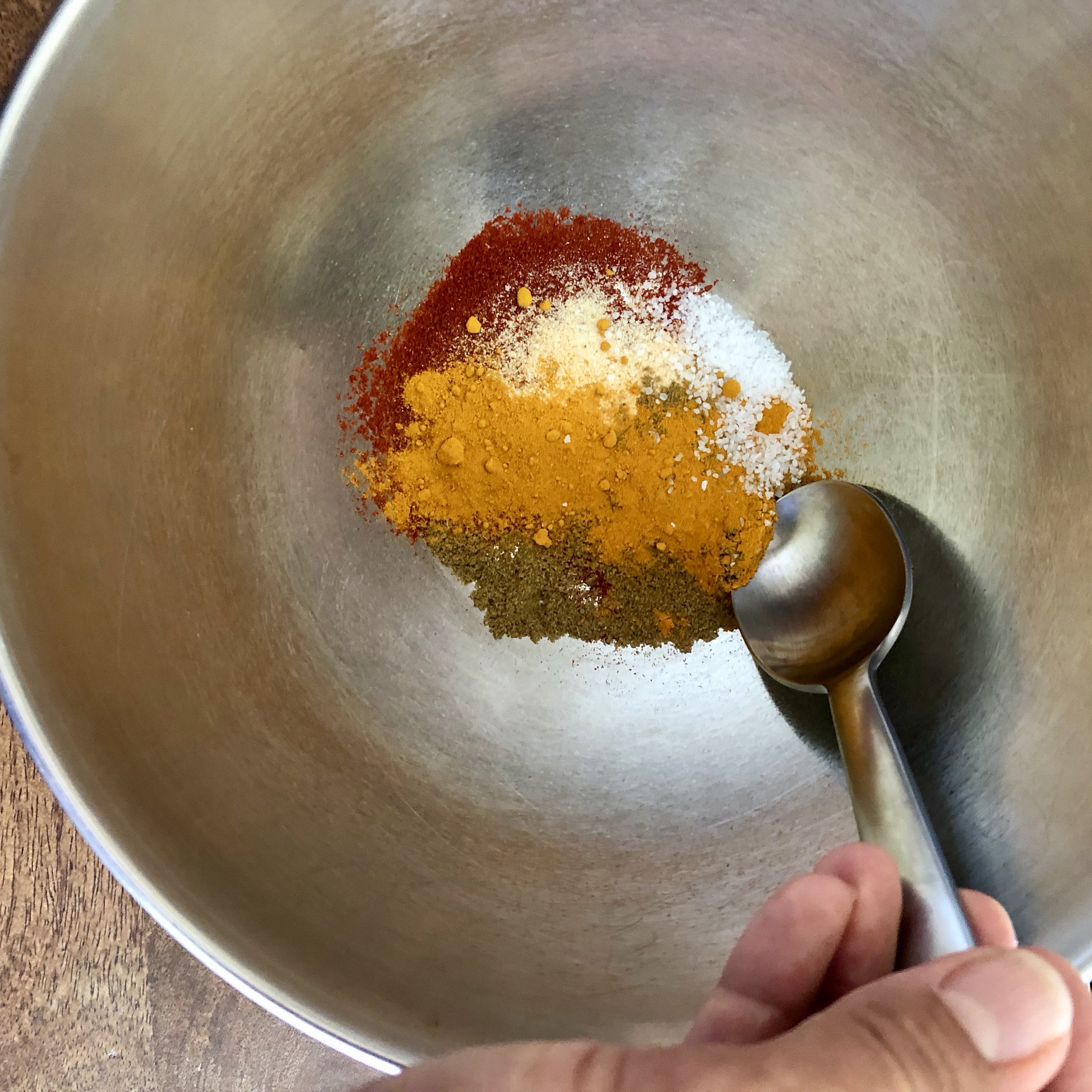Is your cooking bland despite all of the spices you incorporate? Are you searching for garlic or cumin flavor? Chances are you’re making some of these mistakes when cooking with spices.
And if you’re not cooking with spices at all, well then, you are definitely making a mistake.
Mistake #1 Waiting too Long
When your sauce or sauté is nearly done, it's too late to infuse it with the power of curry, garlic or berbere. Add fresh aromatics, ground spices and dried herbs early to ensure they bloom in the oil and flavor the entire dish. Since the flavor and aroma compounds of spices are fat soluble, they need to be added to the cooking oil to make them available to your palate.
Mistake #2 Skipping the Toast
When you toast spices (in a dry skillet until they take on a bit of color and become aromatic), their volatile oils are brought to the surface, offering dimensions of flavor and texture. Use immediately, grind into spice blends or coarsely crush. Toasting is especially valuable if the spices won't be cooked into the food, like cumin seeds in fresh raita. Bonus: your kitchen will smell amazing.
Mistake #3 Using Old Spices
I hate to be the bearer of bad news, but spices have a shelf life. Don't worry, you won't get sick from old spices in your pantry, but you will miss out on their flavor potential if they are older than 6 months (ground) or 1 year (whole). Tips: Buy spices in small quantities, get whole to grind yourself, and store in a cool dark place in tightly sealed jars. Before you throw away those spices from 2019, conduct a toast test (Heat a little bit in a sauté pan and check for aroma. If nothing, you might need to replace them or use more than a recipe calls for.)
Put your questions in the comments below about cooking with spices. I’d be happy to answer them.

